By: Katy Rowe-Schurwanz
Updating your Earliest Known Ancestor information in your profile will help refine our reports and enhance the power of our reports for your genealogy research.
Did you know that aside from being able to add your family tree, there’s a place to enter information about your Earliest Known Direct Paternal and Direct Maternal Ancestors?
How to Update Your Earliest Known Ancestors
To enter this information, sign in to your account and navigate to your Account Settings. Under the Genealogy Settings section, there’s a tab for Earliest Known Ancestors.
The Earliest Known Ancestors section allows you to enter information about specific ancestors and their locations. You can enter the name, birth year, death year, and location information about the ancestor as far back as you can go on your direct paternal line and as far back as you can go on your direct maternal line.
Which Ancestors Should I Enter?
Your direct lines are more specific than just your father’s side and mother’s side.
Your direct paternal line will be an unbroken line of males from your father as far back as you can go.
To determine which ancestor is your Earliest Known Direct Paternal Ancestor, look at your father in your family tree. Then your father’s father, your father’s father’s father, and so on as far back on the tree as you have confirmed.
That male ancestor will be your Earliest Known Direct Paternal Ancestor. You’ll enter their name, birth and death dates, country of birth, and specific location of birth in your Earliest Known Ancestor settings.
Your direct maternal line will be an unbroken line of females from your mother as far back as you can go.
To determine which ancestor is your Earliest Known Direct Maternal Ancestor, look at your mother in your family tree. Then your mother’s mother, your mother’s mother’s mother, and so on as far back on the tree as you have confirmed.
That female ancestor will be your Earliest Known Direct Maternal Ancestor. You’ll enter their name, birth and death dates, country of birth, and specific location of birth in your Earliest Known Ancestor settings.
What If My Earliest Known Ancestor Was Born in a Colonized Country and Their Origin Is Not Indigenous?
In the Country of Origin field, you can select separate options that indicate your ancestor belonged to an indigenous population or other ethnic group within a country.
I mentioned above that you should select the country of birth of your Earliest Known Ancestor from this drop-down. However, when it comes to places like the United States, Canada, and Australia, genealogists are often searching for where their ancestors came from before they arrived in that country.
If you have reliable evidence that your Earliest Known Ancestor’s parent (father for your Direct Paternal Ancestor or mother for your Direct Maternal Ancestor) came from another country, such as a census or other record that specifies that parent’s country of birth, it’s okay to select that country instead of where the ancestor you have entered was born, and in many cases, this will be more helpful for your matches.
But what if your Earliest Known Ancestor lived in the United States but might not have been born there and you don’t have any proven information about where they were born or who their parents were? While “Unknown Origin” would technically be the correct option for Country of Origin in this situation, if the furthest back origin you can prove for that ancestor is the United States, it’s okay to select that country.
And what if you don’t know your ancestor’s birth country but there’s a rumor or strong anecdotal evidence that they’re from a specific country? For example, you may have only been able to trace your ancestors in the United States, but you have a family story that they originally came from Germany? And what if all of your Big Y or mtFull Sequence matches also provided their Earliest Known Ancestor was from Germany?
For this type of situation, a family story alone isn’t reliable enough proof that your direct ancestors are from that country, so you’d want to still select where you have proven your ancestor was born.
If all or nearly all of your Y-DNA or mtDNA matches have ancestors from the same country, that’s a strong hint– but remember this is self-reported information. Verify the information. Do your matches have documented evidence their direct ancestors are from that country? Until verified, this is still just a hint, so select the country you know your ancestor was from.
These settings can be changed at any time, so if you do discover a better origin for your entered Earliest Known Ancestor or a new ancestor, you can and should update this information.
Update Your Earliest Known Ancestor Information in Three Steps
- Enter the name and birth/death date in the blanks provided in each section.
- Select a Country of Origin for each of your Earliest Known Ancestors from the drop-down boxes. To add a more specific location, click “Update location” and follow the instructions.
- Make sure you click “Save” at the bottom of the page!
What if You Don’t Know Any Ancestors on a Line?
Many people take a DNA test in order to discover their ancestors and genetic family. If you don’t yet know your birth parents or one of your birth parents, check the box next to “I don’t know this information.” Again, make sure you click “Save” at the bottom of the page!
Where Will Your Ancestor Information Be Seen?
Entering your Earliest Known Ancestor information and locations provides multiple ways for matches to find their connections with each other and ultimately help with genealogical research.
You will see the Earliest Known Ancestor information in multiple places around the site.
-
- Profile Card
- Match pages
- Matches Maps
- Compare Origins
- Ancestral Origins
- Public Haplotrees
- Big Y Block Tree
- Discover™ Reports:
- Haplogroup Story
- Country Frequency
- Time Tree
- Group Time Tree
- Globetrekker
- Match Time Tree
Your Profile Card Will Show Both Your Paternal and Maternal Ancestors
The name, birth and death dates, and country of origin you enter will be shown to your matches on your Profile Card. This is the easiest place to see Earliest Known Ancestor information for both lines for a match.
Show Your Matches Who Your Earliest Known Ancestor Is on the Matches Page
For each Y-DNA and mtDNA match, you are able to see their specific Earliest Known Ancestor name, birth and death dates, and country of origin. Going through the list of detailed information can help you find commonalities between you and your matches.
Explore Refined Migrations and Ancestor Locations From Matches on the Matches Maps and myOrigins©
Adding your Earliest Known Ancestors’ countries of origin and their specific locations will also help you discover the more recent migration paths your ancestors took. The migration maps and myOrigins reports are examples of tools where this information can be found and a migration path pieced together.
If you’ve entered your ancestors’ locations, then your matches will be able to view you on the Y-DNA and mtDNA Matches Maps, and if you opt in to Origins Sharing under Privacy Settings, on the Shared Origins tab of myOrigins.
Our Ancestral Origins Reports Earliest Known Ancestor Countries With Match Totals
The Ancestral Origins pages for Y-DNA and mtDNA will list your matches’ Earliest Known Ancestor countries of origin along with the total number of matches from each country. This will help when researching country frequency among your matches.
Public Haplotrees Display Reported Ancestor Countries for Each Haplogroup

The Y-DNA Haplotree and mtDNA Haplotree will display a country flag for each branch participants’ Earliest Known Ancestor countries of origin. There is also a total number of testers displayed below the flag, allowing you to see the country distribution for each haplogroup. This will help when researching specific haplogroups.
Earliest Known Ancestor Countries Are Displayed on the Block Tree
One Big Y feature also makes use of this information. With the Block Tree you can cluster with others on the haplotree to discover the recent origins of your direct paternal line.
Discover Additional Reports With Updated Earliest Known Ancestor Information in Discover™
You can also view paternal countries of origin in our Discover reports: the Haplogroup Story, Country Frequency, Time Tree, Group Time Tree, Globetrekker, and the new Match Time Tree. These reports are best used with the most up-to-date Earliest Known Ancestor information, and help with Y-DNA haplogroup research, and soon, with mtDNA haplogroup research, with the launch of the mtDNA Discover reports in early 2025.
What if I Find New Information About My Earliest Known Ancestors That Differs From What I’ve Already Entered?
Maybe you didn’t know the information and discovered it, or maybe you broke a brick wall and can trace your lineage back further. Congratulations!
Maybe what you thought was correct wasn’t, and you need to fix it. Congratulations on this too! It’s not as fun as the first reason this information could need updating, but you’re no longer on the wrong track.
For any reason, if you need to update the information, just navigate back to your Account Settings, replace the old information with the new, and click “Save” at the bottom of the page. The new information will be displayed to your matches and on the Public Haplotrees within 24 hours and in the Discover reports with the next update, typically within a week or two.
Find Genealogical Connections
Ensure you’re getting the most out of your genetic genealogy reports by entering your Earliest Known Ancestors and keeping the information up-to-date when you make new discoveries.
Not only can you learn more about your ancestors’ ancient history and journeys across the globe, but by examining the Earliest Known Ancestor information of your matches, you can make connections to them, and your information can help them make connections to you.
While you may not recognize the name of a match, which is especially likely with mtDNA since it doesn’t follow a specific surname line, your matches’ Earliest Known Ancestor names and locations give you additional genealogical information that you can use in your research.
You may find that a match had an ancestor in the same town or village around the same time your ancestor lived there, and that can lead you to discover the genetic and genealogical connection to that match and prove your connection to that ancestor. They may even have more genealogical information, allowing you to add more ancestors to your family tree and learn more about your ancestor’s story.
Free genealogical resources like FamilySearch’s Full Text Search can help you find records about your matches’ Earliest Known Ancestors and how they might connect to your ancestors.
If any of your matches have not yet entered their Earliest Known Ancestors, reach out to them and ask them to add it! The more clues you have, the more genealogical puzzles you can solve.
To receive access to exclusive Discover reports and get even more out of your results, make sure you order the Big Y-700 and mtFull Sequence.

About the Author
Katy Rowe-Schurwanz
Product Manager at FamilyTreeDNA
Katy Rowe has always been interested in genealogy, inspired by her maternal grandparents, who told her stories about their family and family history when she was little. After studying anthropology and history in college, she joined FamilyTreeDNA in 2015 and became the Trainer for Customer Support. Katy created and improved training processes and was fundamental in the creation of the Big Y Specialist team. In September 2021, she became Product Manager and has focused closely on improving FamilyTreeDNA’s genetic genealogy products.
















